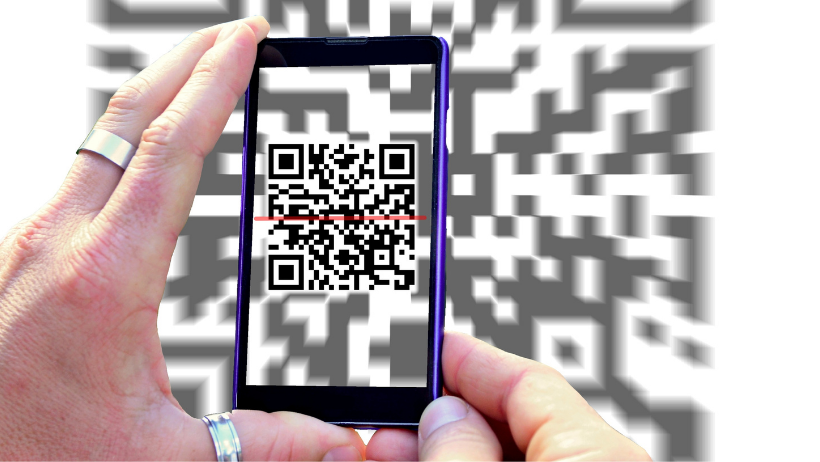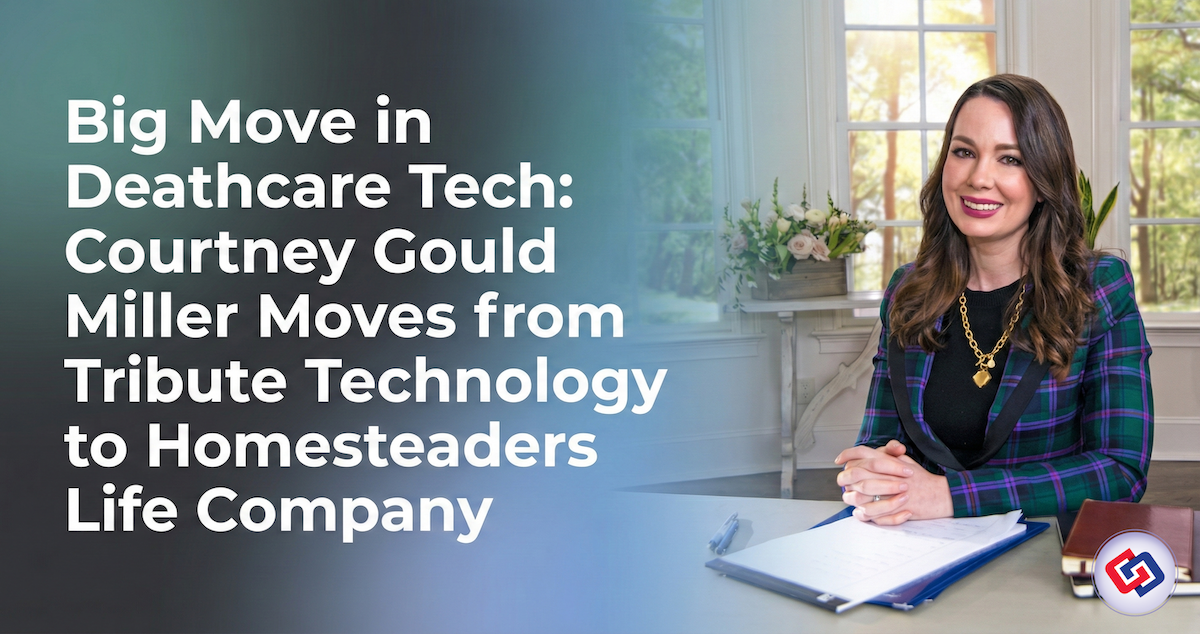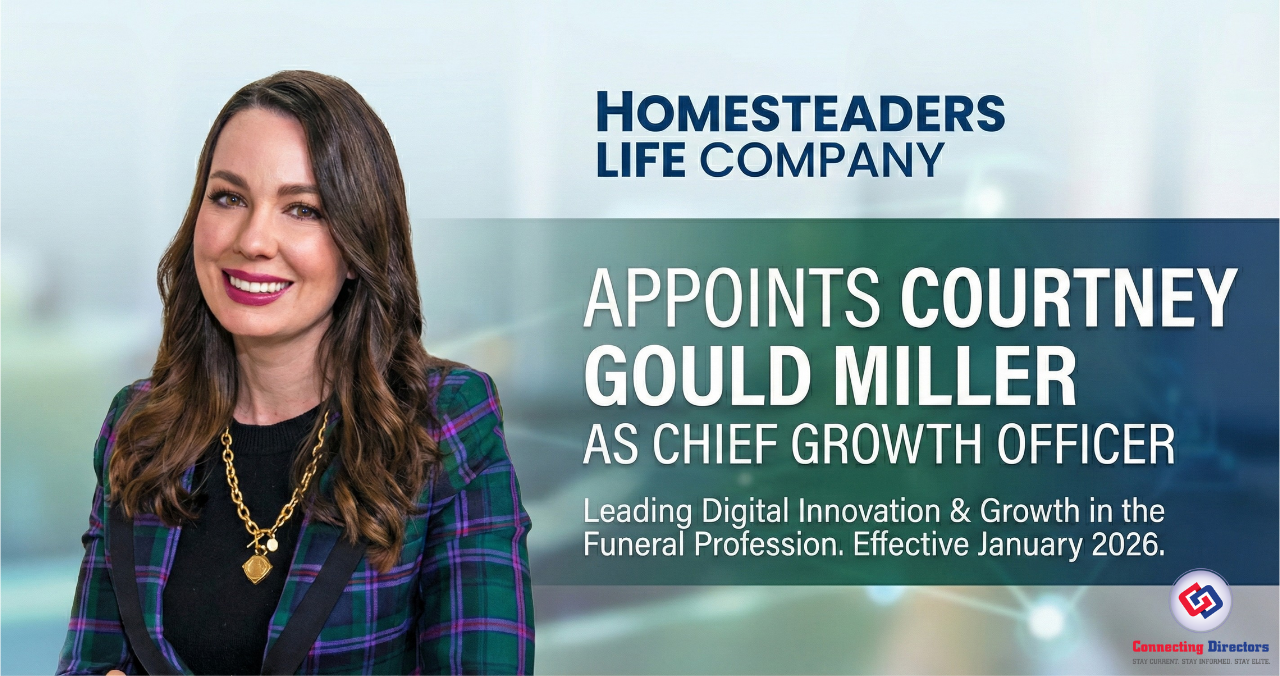You CAN Do It: Chain of Custody Options Available For Every Organization
It’s happened again — three more times, actually. Within the last several months, three families have been emotionally devastated by a funeral home’s chain of custody mistakes. And, subsequently, two funeral homes have been publicly shamed in the national media and could potentially face state charges and/or lawsuits.
At What Cost?
R. Bernard Funeral Services of Memphis, Tennessee — the stars of the 2021 Netflix reality series “Buried by the Bernards” — allegedly mishandled and mixed up the cremated remains of two individuals. The Tennessee Department of Commerce and Insurance is investigating complaints from both families.
In September, two sisters expecting to view their deceased mother at Hunter’s Funeral Home in Ahoskie, North Carolina were shocked to find instead a stranger — dressed in their mother’s clothes, lying in their mother’s casket.
“What do you do to prevent something like that from happening?” asked one of the sisters. “Don’t they have a chart per person and treat them like a customer or a patient…so that you don’t have them mixed up?”
And therein lie the million-dollar questions — or in some cases, multi-million dollars, after the dust settles following legal fees, settlements, penalties, bad publicity, and loss of business. So here’s another question: How much would you pay to avoid chain of custody errors … and their inevitable aftermath?
Recently, Connecting Directors shared testimonials from your deathcare peers as to the importance of establishing a strong chain of custody process within your operation. We chose the title “No More Excuses” for a reason: As we delved into today’s chain of custody options, we realized that it’s true — no matter your organization’s size, age, technological prowess, or budget, there really are solutions out there that will work for you.
Every System Starts With a Plan
Larry Stuart, Jr. knows a thing or two about chain of custody. As a lifelong deathcare professional and founder of Cremation Strategies and Consulting, he’s created frameworks, established policies and procedures, and trained staff in hundreds of operations across at least three continents. He’s the first to admit that the initial setup of a solid chain of custody plan isn’t usually (and probably never should be) a quick process. Plus, coming up with a personalized plan that fits your specific operation is just the first step.
“I can provide a framework and samples and examples of standard operating procedures, which of course, would include a chain of custody and identification protocols,” Stuart says. “And some of my clients think even this is too much. But we need to take it to the next level — competencies, skill sets, record retention policies, IDs, and chain of custody. And after all that, there’s training and enforcement.”
A free initial consultation with Stuart is included as a benefit of membership in the Cremation Association of North America (CANA). This time with one of the industry’s most experienced consultants is a great opportunity to start a conversation about creating your own customized chain of custody process.
Personalizing Automated Options
You should know from the outset that one funeral home or crematory chain of custody solution will not fit all. Whether you’re starting out with a printed template or an app, your organization deserves a personalized approach. Although software like TRäKN from CRäKN and Halcyon software’s chain of custody feature are technically “plug-and-play,” you’ll probably want to customize the app to mirror the steps and procedures you’ve outlined for your firm.
“Our tracking process is very customizable,” says Sara Gard, President of Halcyon Deathcare Management Solutions. “We can configure your process to make it as stringent or as loose as you want. Each individual facility needs to decide their level of control, and our software allows them to do that. Any place they want to move a body, we can configure their system to do that. Our customers can customize checklists so that operators confirm actions along the process. Every time a checklist is completed or a body is moved, Halcyon logs who did it, when they did it and the GPS location of where it was done. Halcyon’s tracking report gives clear evidence of all movements and checklists. Trade partners can also see the progress of decedents.”
Gard explains that she’s seen chain of custody processes with as few as three steps and some with as many as eight or nine. While there are benefits to creating systems with fewer checkpoints, more steps obviously provide more visibility — and more importantly, more accountability.
“With TRäKN, if I walk into a room or a cooler, I can look at the app and see where the deceased should be,” says Scott Mindrum, President and CEO of CRäKN . “I’m there. I’ve got the picture. I’ve got the place. I’ve got who handled it before me — it’s all right there at my fingertips. Then you’re able to move the case to where you’re going to take it and sign off that you did that. TRäKN will show the ‘who, what, how, where, when’ audit trail — all of that, and the app is fully customizable to meet every firm’s specific needs.”
Both TRäKN and Halcyon are designed to be easy to use regardless of a staff member’s technological expertise. Employees simply use a phone, tablet, or Bluetooth scanner to scan QR codes attached to the deceased and the location.
“We use QR codes because they’re faster reading and more reliable — a lot more reliable,” Gard says of Halcyon’s system. “The operator scans the location where the body is currently, then scans the QR code of the decedent. Then the operator scans where they want to move the body. And all that has to match. So if they scan the wrong decedent or scan the wrong location, it beeps at them and tells them, ‘This is not where this body is or this is not a valid next location and won’t allow the movement.’”
Anywhere Remains Go, Chain of Custody is Important
Funeral homes and crematories aren’t the only places identity mix-ups can occur. Mark Anthony, Vice President of CemSites cemetery software, knows this first-hand.
“I recently heard of a scenario where a cemetery buried a woman in the wrong spot,” Anthony recalls. “The spot was for a woman with the exact same first and last name, and it wasn’t even a common last name. It’s crazy, but it can happen.”
CemSites software helps cemeteries avoid this by mapping exact latitude and longitude coordinates for every gravesite and tying that to the owner of the property. Like TRäKN and Halcyon, for every activity performed at the cemetery, the program logs the employee who is logged in and the date and time of an action, in addition to the location. It can also be customized with restrictions and permissions to ensure the right people are not trying to do something they’re not authorized to do.
Each of these software providers understand that no matter where the remains go — church, cemetery, crematory, etc. — chain of custody procedures should follow. TRäKN and Halcyon can be configured to include off-site locations and/or offer partner portals. Likewise, funeral homes and crematories transporting remains to a cemetery with CemSites can log into the CemSites portal or even integrate their software with CemSites to ensure end-to-end accuracy with chain of custody.
Build Your Own … Well, Sort Of
Sometimes an organization’s unique needs require a chain of custody software program that’s built and customized just for them.
Take Parting Stone, for instance. The company’s process for transforming cremains into solidified stones is revolutionary; the steps to be tracked are basically unprecedented. Plus, they’re in the unique position to have a very large facility and the potential to have hundreds of descendants in their care at any given time.To satisfy these requirements, Crowe and his team custom-coded a group of off-the-shelf modules to create a solution that met their needs.
“Our system t gives us twenty two transfer points,” Crowe says. “We log transfer points when the remains go from one person to another person or one place to another place. We’re able to look up any decedent in our Chain of Custody ERP and see where they are in our facility down to the shelf. We also programmed the system to send update emails to families or funeral directors when a decedent enters each of the seven most important transfer points in the process.”
Crowe knew he wanted a tracking system with this sort of transparency before he officially launched Parting Stone, and he knew his process needed to be flexible enough to adapt as the company grows and innovates. He also knew there was absolutely no room for error.
“That’s why we put so much energy into it,” Crowe says. “We brought on an advisor who specializes in chain of custody, and we put significant resources into continuously improving the precision of our operation.”
Accounting for Human Error
As Larry Stuart explained, any process — even an automated one — is only as good as the people using it. Proper training, oversight, and enforcement of whatever checklist or app you decide to use will always be the key to its success.
“The biggest thing is the possibility for human error, regardless of how good the systems you have in place, and regardless of whether they are paper systems or software systems,” Mark Anthony adds. “There has to be somebody who can think logically. And you’re still going to screw up every once in a while. But once again, you know, it does come down to the user.”
Like the creators of TRäKN and Halcyon’s chain of custody products, Justin Crowe’s system includes features that work to prevent human error. But he doesn’t depend entirely on the software.
“We treat using the chain of custody tracking system as an expectation of the position,” he explains. “And it helps that it won’t let you advance the remains to a new step unless the previous step has been completed and scanned.”
Stuart agrees that personnel and operational policies can make or break a system.
“Once you have the installation, you need to have a policy manual on how to use that technology,” he says. “And you have to enforce the use of that technology and hold people accountable. If you have one person that you let slide and they eventually make a mistake, all of a sudden everything you’ve done comes out — then the police show up and then the news shows up. I’ve seen it happen.”
Don’t let it happen to you. Take steps today to create, purchase, or build a system that will keep you, your organization, and your team from being the next headline.




